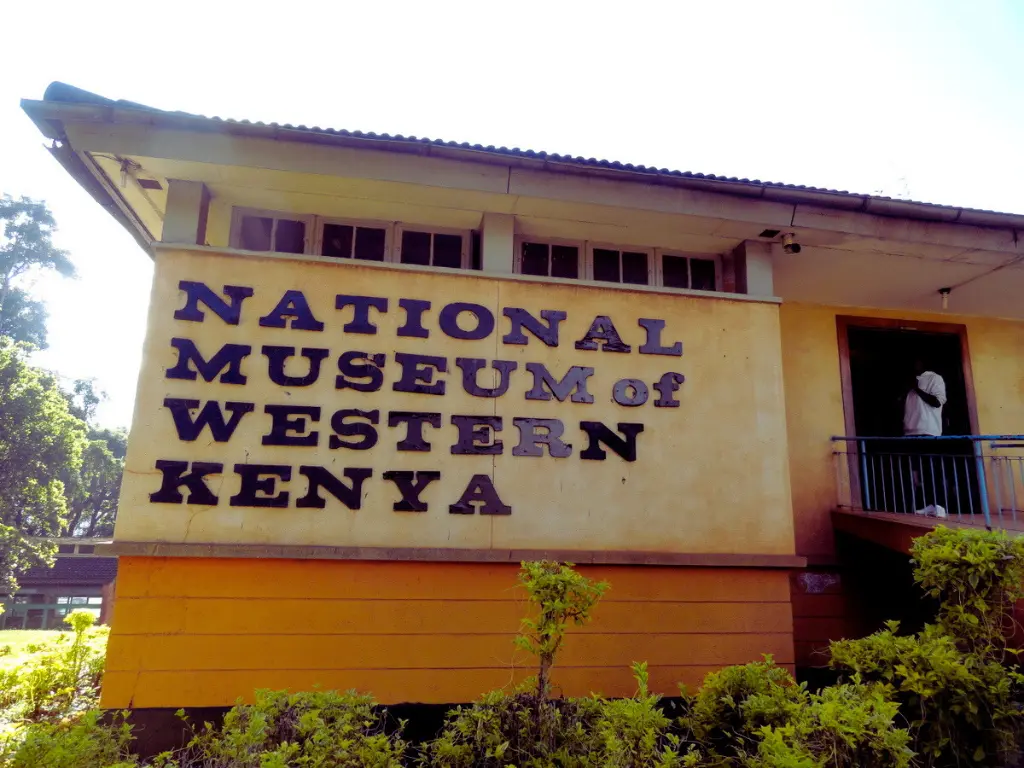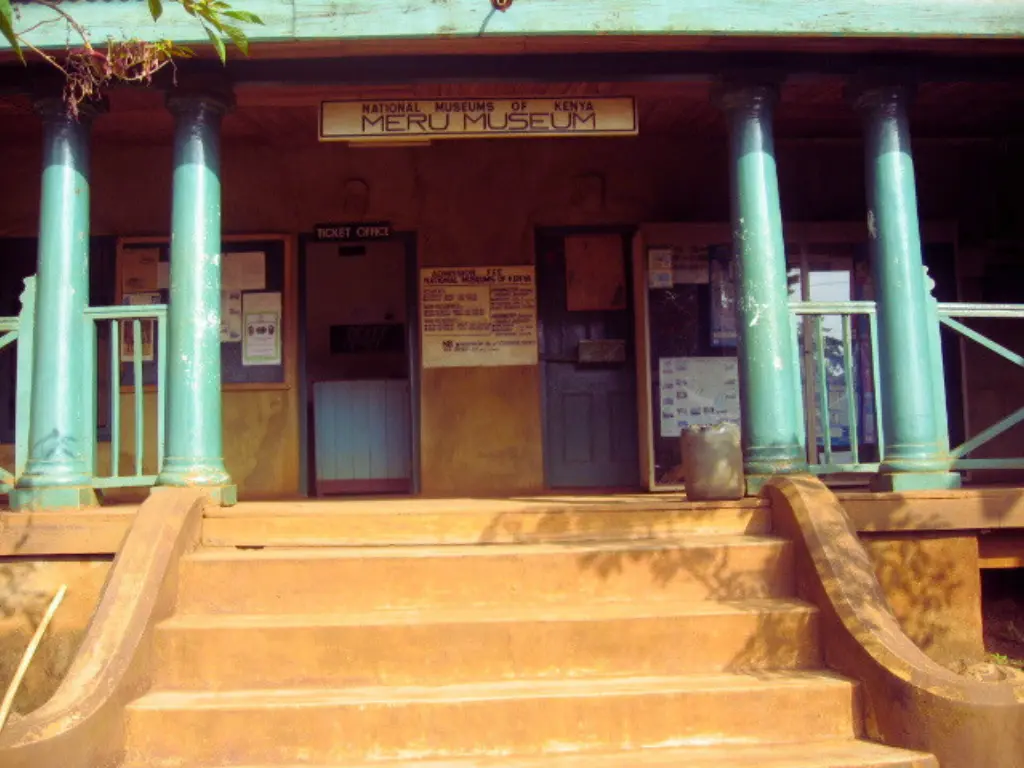

Why Visit? The Meru Museum is a cultural beacon in the Mount Kenya region, offering rich insights into the diverse traditions, history, and natural heritage of the Meru people. Housed in a historic colonial building dating back to 1916, it blends preserved architecture with interactive displays and live exhibits, making it a unique stop for travelers, researchers, and school groups alike.
A wide array of traditional artifacts and interpretive panels illustrating the history, attire, tools, and belief systems of the Meru people.
The oval-shaped building reflects traditional Meru architecture and houses the legacy of the Njuuri Ncheke
A compound of reconstructed Meru huts, representing historical domestic life.
A curated garden showcasing local herbal plants and shrubs, used traditionally for healing.
Established in 1974, the Meru Museum took residence in a former District Commissioner’s office, a significant colonial-era structure. The building was repurposed through the efforts of the Meru Municipal and County Councils in collaboration with the National Museums of Kenya, with the goal of creating an educational and cultural centre that serves both locals and visitors.
The museum tells the story of the Meru community, preserving and presenting their customs, tools, beliefs, and social structures for posterity. Over time, it has grown to become a hub for heritage preservation and community education.
Located in Nyambene District, the Njuuri Ncheke House is a heritage structure entrusted to the National Museums of Kenya in 1989. The oval-shaped building reflects traditional Meru architecture and houses the legacy of the Njuuri Ncheke, a respected council of elders who served as judges and lawmakers in pre-colonial Meru.
Cultural Role: The council met annually to set and review laws, including bride prices and rituals to bring rainfall.
Judicial Role: Local disputes—land, theft, debts—were settled in sub-locational Njuuri houses, with appeals directed to a broader assembly.
Sacred Traditions: Decisions often involved ritual sacrifices and upheld a spiritual code of conduct.
Today, the Njuuri Ncheke House serves as a symbol of traditional governance, and is occasionally used for ceremonial purposes.
Opening Hours: Monday–Sunday, 8:30 AM – 5:30 PM
Admission: Modest fees apply; discounts available for students and groups
Location & Access: Easily accessible from Meru town centre, with signposted routes
Outdoor Seating Areas: Gardens and rest spaces around the homestead area
Information Panels: Bilingual displays in English and Kiswahili
Security & Parking: On-site parking and secure access for groups
The National Museums of Kenya (NMK), established under the Museums and Heritage Act (2006), is a multi-disciplinary institution dedicated to collecting, preserving, researching, and presenting Kenya’s cultural and natural heritage.
Sign up to our newsletter